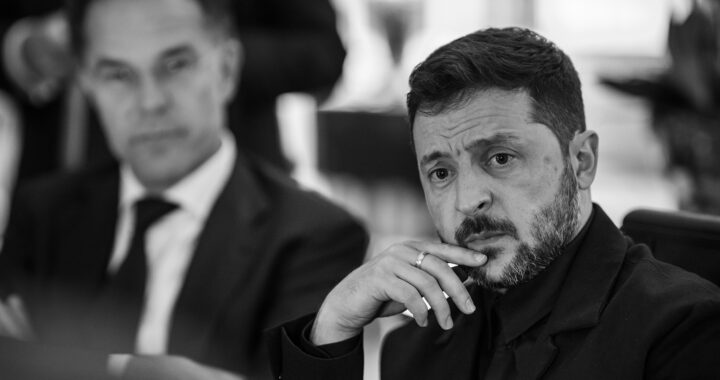Leadership at the North Atlantic Treaty Organization has revealed a new strategy that centers on a two-layer security-guarantee plan for Ukraine. Secretary General Mark Rutte, during his visit to Kyiv on 22 August 2025, characterized the initiative as a framework designed to strengthen the Ukrainian military while also embedding strong political commitments from the United States and Europe.
The first layer of the plan is focused on building the long-term capacity of Ukraine to resist aggression. This includes sustained deliveries of lethal weapons, extensive training programs, and financial backing from NATO allies. The goal is to ensure the country can remain resilient and formidable even after a ceasefire has been reached.
Rutte emphasized that the role of NATO is to make Ukraine an enduringly capable military power rather than a temporary beneficiary of aid. Strengthening the army through structured funding and institutionalized supply chains would prevent vulnerabilities that Russia could exploit in the future once the war reaches a negotiated or frozen stage.
The second layer carries the weight of deterrence through external guarantees. It involves formal security commitments by the United States and European partners. These pledges are meant to raise the cost for Russia of considering renewed aggression. These guarantees, according to Rutte, should dissuade Moscow from imagining another attack.
Note that the guarantees extend beyond weapons provision. Negotiations are exploring foreign troop contributions, intelligence-sharing, and maritime and aerial security coordination. Such commitments are intended to make the architecture of deterrence multi-dimensional, ensuring that the defense of Ukraine is not only national but also internationally reinforced.
Ukrainian President Volodymyr Zelenskyy underscored the necessity of both layers. He stressed that past experiences like the Budapest Memorandum failed because of indefinite assurances. He argued that this new approach must create certainty for future generations of Ukrainians and prevent the repetition of previous duplicities.
Diplomatic coordination remains a defining element of the second layer. Rutte cited recent White House meetings, where President Donald Trump affirmed that the United States would indeed participate in shaping these guarantees. This involvement signals a renewed transatlantic resolve to institutionalize long-term support for the sovereignty of Ukraine.
Many operational details remain unsettled. Zelenskyy pressed for clarity on which nations might provide ground troops, which would secure airspace, and which would patrol maritime corridors. Such questions remain open, reflecting the complex nature of crafting a multinational framework that is militarily effective and politically acceptable.
Observers note that this plan aims to avoid the shortcomings of temporary or symbolic assurances by combining self-reliance with allied deterrence. The initiative is intended to be both reactive and proactive. Ukraine can then become capable of defending itself, while Russia can encounter prohibitive consequences and costs for renewed aggression.
